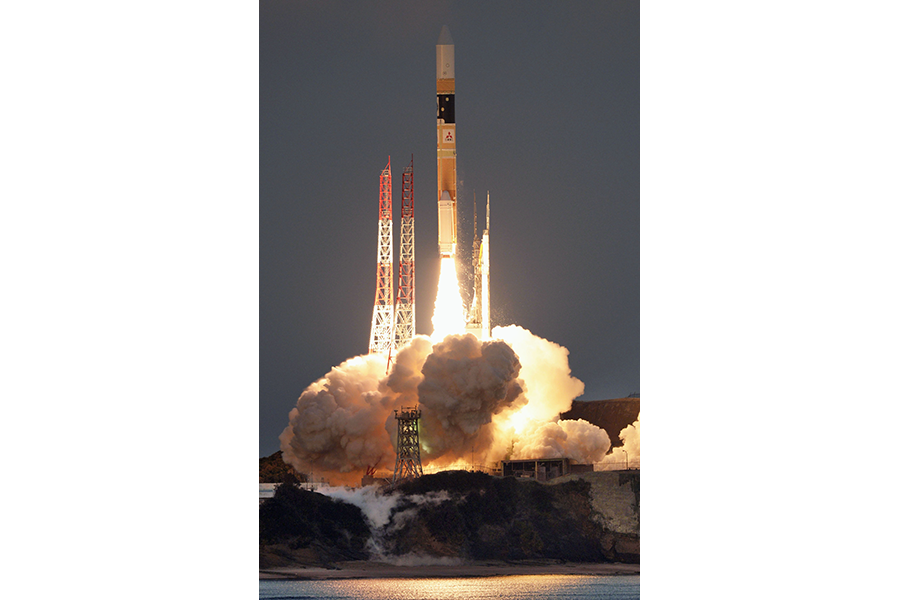Japan loses contact with $265 million X-ray satellite
Loading...
The Japan Aerospace Exploration Agency (JAXA) lost contact with its X-ray satellite, Hitomi, over the weekend.
Hitomi, which was launched on February 17 and was calibrating its equipment before it was due to explore the universe, was supposed to start operating at 3:40 a.m. Eastern time on Saturday. But the spacecraft failed to send a signal to Earth at that time.
“Up to now, JAXA has not been able to figure out the state of health of the satellite,” the agency said on Sunday. JAXA says it is investigating what happened.
Hitomi might be experiencing a power shortage, reported The Japan Times yesterday, possibly after a shift in its position blocked power from reaching its solar panels. There were also reports from the US Joint Space Operations Center, which tracks space debris, around the time the satellite stopped communicating that there were five objects circulating near it, which it called pieces of a “break-up,” Nature reported.
It is the third in a series of space observatories that JAXA has tried and failed to operate. In 2000, Hitomi’s first predecessor, the ASTRO-E telescope, disintegrated when the rocket carrying it crashed at launch. And five years later, a helium leak aboard the next iteration of the satellite, Suzaku, broke its important instrument, the spectrometer, within weeks of launch, as Nature reported.
Hitomi, Japanese for “pupil of the eye,” was supposed to detect with incredible precision X-rays from black holes, dark matter, and galaxy clusters. JAXA invested $265 million into the operation, according to Nature. NASA, the European Space Agency and the Canadian Space Agency also had instruments onboard the observatory.
They were to allow Hitomi to collect highly sensitivity observations in a wide bandwidth spanning soft X-ray to the softest Gamma-ray.
“‘Hitomi’ [also called ASTRO-H] will apply these new functions to investigate the mechanisms of how galaxy clusters – the largest objects in space made of ‘visible matter’ – formed and were influenced by dark energy and dark matter, to reveal the formation and evolution of supermassive black holes at the center of galaxies, and to unearth the physical laws governing extreme conditions in neutron stars and black holes,” JAXA said on its website.
JAXA said that it has set up emergency operation to investigate Hitomi’s silence and to recover the observatory. It will announce updates when they are available, says the agency.





